Home>Maintenance & Safety>Child & Elderly Safety at Home>Where Do You Put Your Baby Monitor
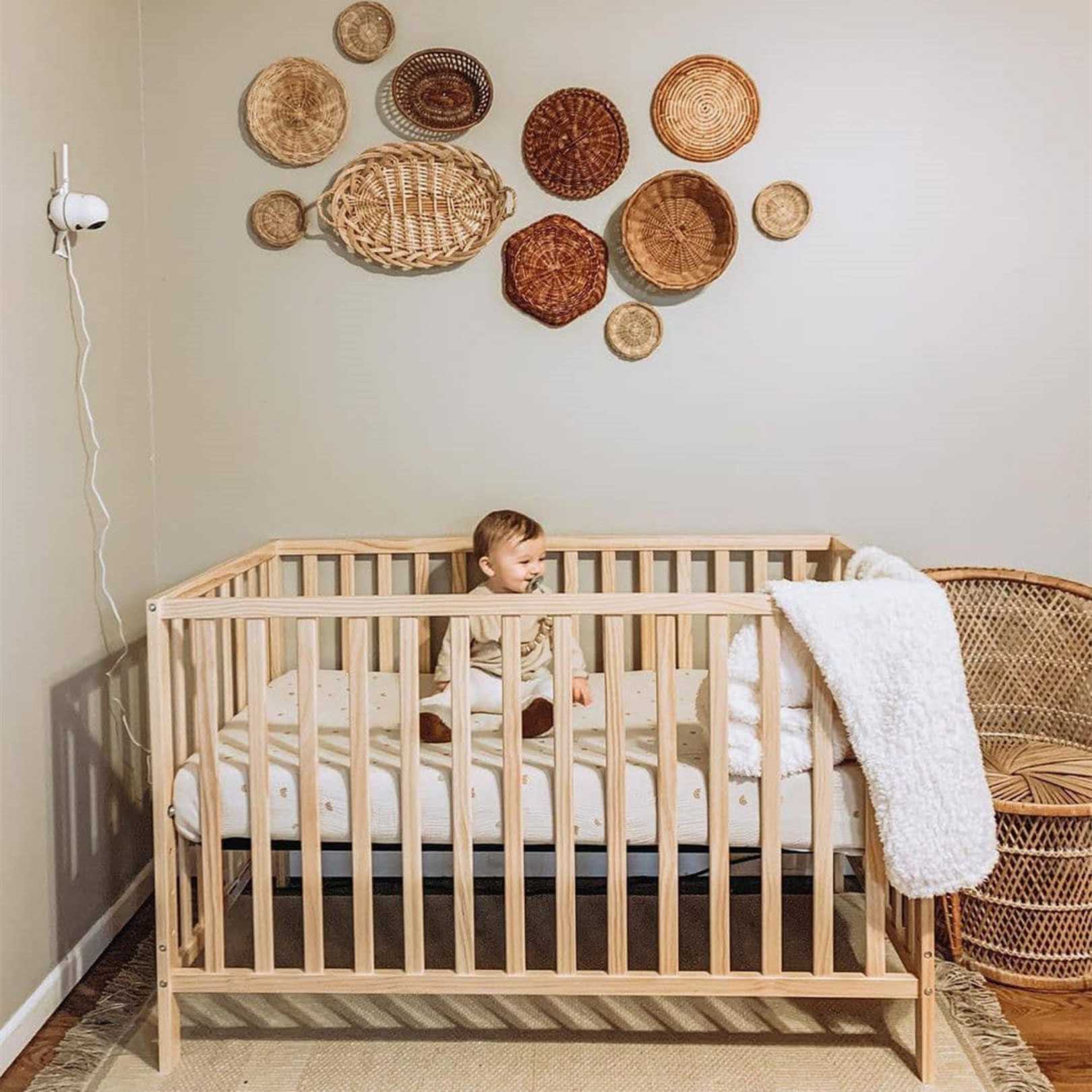

Child & Elderly Safety at Home
Where Do You Put Your Baby Monitor
Modified: August 28, 2024
Ensure child and elderly safety at home with the right placement of your baby monitor. Learn where to put your baby monitor for optimal security and peace of mind.
(Many of the links in this article redirect to a specific reviewed product. Your purchase of these products through affiliate links helps to generate commission for Storables.com, at no extra cost. Learn more)
Introduction
Read more: Where To Mount A Baby Monitor
Introduction
Welcoming a new addition to the family is an exciting and joyous time. As a parent or caregiver, ensuring the safety and well-being of your little one is a top priority. One essential tool that aids in this endeavor is the baby monitor. This device provides peace of mind by allowing you to keep a close watch on your baby while attending to other tasks around the home.
In this comprehensive guide, we will explore the various factors to consider when determining the optimal placement for your baby monitor. From the different types of baby monitors available to the safety considerations that should not be overlooked, this article will serve as a valuable resource for parents and caregivers alike.
Whether you are a first-time parent or a seasoned caregiver, understanding the best placement options for your baby monitor is crucial for maintaining a safe and secure environment for your little one. Let's delve into this important aspect of child safety and explore the best practices for positioning your baby monitor within your home.
Factors to Consider
Key Takeaways:
- Choose a baby monitor placement that offers clear visibility of your baby’s sleeping area, consistent signal strength, and accessibility from different areas within your home. Prioritize safety by managing cords, electrical outlets, and implementing wireless security measures.
- Consider factors like range, visibility, and interference when deciding on the placement of your baby monitor. Explore options such as wall-mounted, shelf-based, or mobile units to ensure comprehensive coverage and seamless monitoring capabilities throughout your home.
Factors to Consider
Before determining the placement of your baby monitor, it is important to consider several factors that can impact its effectiveness and overall utility. Understanding these considerations will help you make an informed decision that aligns with your specific needs and the layout of your home.
1. Range and Signal Strength: Assess the range and signal strength of your baby monitor to determine the areas of your home where the signal may be weaker. Factors such as thick walls or interference from other electronic devices can affect the signal, so it is essential to choose a placement that ensures consistent connectivity throughout your home.
2. Visibility: Consider the visibility of your baby’s sleeping area from different vantage points within your home. The placement of the monitor should provide a clear view of the crib or bassinet, allowing you to monitor your baby without obstructions.
3. Interference: Identify potential sources of interference, such as cordless phones, wireless routers, or microwave ovens, which can disrupt the signal of your baby monitor. Position the monitor away from these devices to minimize interference and maintain a reliable connection.
4. Multiple Cameras: If you have a multi-camera baby monitor system, assess the areas you intend to monitor and determine the number of cameras needed. This will influence the placement of cameras in different rooms or viewing angles to ensure comprehensive coverage.
5. Accessibility: Consider the accessibility of the monitor from various locations within your home. Ensure that the monitor is positioned within reach, allowing you to quickly check on your baby without any inconvenience.
By taking these factors into account, you can effectively assess the most suitable placement for your baby monitor, optimizing its functionality and ensuring a reliable and secure monitoring experience.
Placement Options for Baby Monitors
Read more: How To Secure Your Baby Monitor
Placement Options for Baby Monitors
When it comes to positioning your baby monitor, several placement options can be considered based on the layout of your home and your specific monitoring needs. Each option offers unique advantages and considerations, allowing you to choose the placement that best suits your requirements.
1. Wall-Mounted: Wall-mounted baby monitors are ideal for providing a bird’s-eye view of your baby’s sleeping area. By mounting the monitor on the wall, you can achieve an optimal vantage point that offers an unobstructed view of the crib or bassinet. This placement option is especially beneficial for fixed camera monitors, providing a stable and elevated position for monitoring.
2. Shelf or Furniture: Placing the baby monitor on a shelf or piece of furniture near the crib allows for convenient access and adjustment. Ensure that the monitor is positioned at a height that provides a clear view of the sleeping area while remaining out of reach of curious little hands. This placement option offers flexibility and ease of repositioning as needed.
3. Mobile Unit: If your baby monitor includes a portable parent unit, consider carrying it with you as you move around the house. This mobile option allows you to maintain continuous monitoring while tending to household tasks, providing the flexibility to keep the monitor within close proximity at all times.
4. Ceiling-Mounted: Ceiling-mounted baby monitors offer a unique vantage point, especially in rooms with high ceilings. This placement can provide an expansive view of the entire room, making it suitable for monitoring active toddlers or children playing in a designated area.
5. Multi-Room Coverage: For homes with multiple children or distinct activity areas, consider a baby monitor system with multiple cameras to provide coverage across different rooms. This allows for simultaneous monitoring of multiple areas, catering to the diverse needs of your household.
By exploring these placement options, you can determine the most effective and practical positioning for your baby monitor, ensuring comprehensive coverage and seamless monitoring capabilities throughout your home.
Safety Considerations
Safety Considerations
When placing your baby monitor, it is essential to prioritize safety to create a secure environment for your little one. By considering safety factors during the placement process, you can mitigate potential risks and ensure that the monitoring setup is conducive to a safe and nurturing space.
1. Cord Management: If your baby monitor includes cords, ensure that they are safely secured and out of reach of children. Keep cords away from the crib and other areas where your baby may spend time to prevent any risk of entanglement or strangulation.
2. Electrical Outlets: When positioning the baby monitor, be mindful of nearby electrical outlets. Avoid placing the monitor or its cords near exposed outlets to prevent the risk of electrical hazards. Use outlet covers or childproofing measures to safeguard against potential accidents.
3. Sturdy Mounting: If opting for wall or ceiling-mounted placement, ensure that the mounting fixtures are secure and capable of bearing the weight of the monitor. Use appropriate hardware and follow installation guidelines to prevent the monitor from becoming dislodged or posing a falling hazard.
4. Temperature Monitoring: Some advanced baby monitors feature temperature sensors to monitor the baby’s room. Position the monitor in a location that provides an accurate representation of the room’s temperature, away from direct sources of heat or cold drafts, to ensure reliable temperature readings.
5. Wireless Security: If using a wireless baby monitor, prioritize the security of the monitor’s signal to prevent unauthorized access. Choose a monitor with secure encryption features and change default passwords to safeguard against potential hacking or interference.
6. Baby-Proofing: Implement baby-proofing measures around the monitor’s placement area to create a safe zone for your little one. This includes securing furniture, eliminating potential hazards, and ensuring that the monitor’s location aligns with established childproofing guidelines.
By incorporating these safety considerations into the placement of your baby monitor, you can establish a secure and protective monitoring setup that prioritizes the well-being of your baby while offering peace of mind to caregivers.
Conclusion
Read more: What Does A Baby Monitor Do
Conclusion
Choosing the optimal placement for your baby monitor is a crucial aspect of creating a safe and nurturing environment for your little one. By carefully considering the factors that impact monitor functionality, exploring various placement options, and prioritizing safety considerations, you can establish an effective monitoring setup that aligns with your specific needs and the layout of your home.
Remember that the placement of your baby monitor should offer clear visibility of your baby’s sleeping area while ensuring consistent signal strength and accessibility from different areas within your home. Whether you opt for a wall-mounted, shelf-based, or mobile placement, the goal is to maintain a reliable monitoring experience that provides peace of mind to parents and caregivers.
Additionally, integrating safety measures into the placement process is essential for mitigating potential hazards and creating a secure monitoring environment. From managing cords and electrical outlets to ensuring sturdy mounting and implementing wireless security measures, prioritizing safety considerations contributes to a safe and nurturing space for your little one.
As you navigate the process of positioning your baby monitor, remember that each home is unique, and the optimal placement may vary based on individual circumstances. By evaluating the layout of your home, considering the specific monitoring needs of your family, and incorporating safety-conscious practices, you can establish a monitoring setup that fosters a sense of security and well-being for both you and your baby.
Ultimately, the placement of your baby monitor plays a pivotal role in enhancing child safety and providing caregivers with the tools needed to monitor and respond to their baby’s needs effectively. By embracing best practices and thoughtful considerations, you can create a nurturing and secure monitoring environment that supports the well-being of your little one, allowing you to cherish the precious moments of parenthood with confidence and peace of mind.
Frequently Asked Questions about Where Do You Put Your Baby Monitor
Was this page helpful?
At Storables.com, we guarantee accurate and reliable information. Our content, validated by Expert Board Contributors, is crafted following stringent Editorial Policies. We're committed to providing you with well-researched, expert-backed insights for all your informational needs.
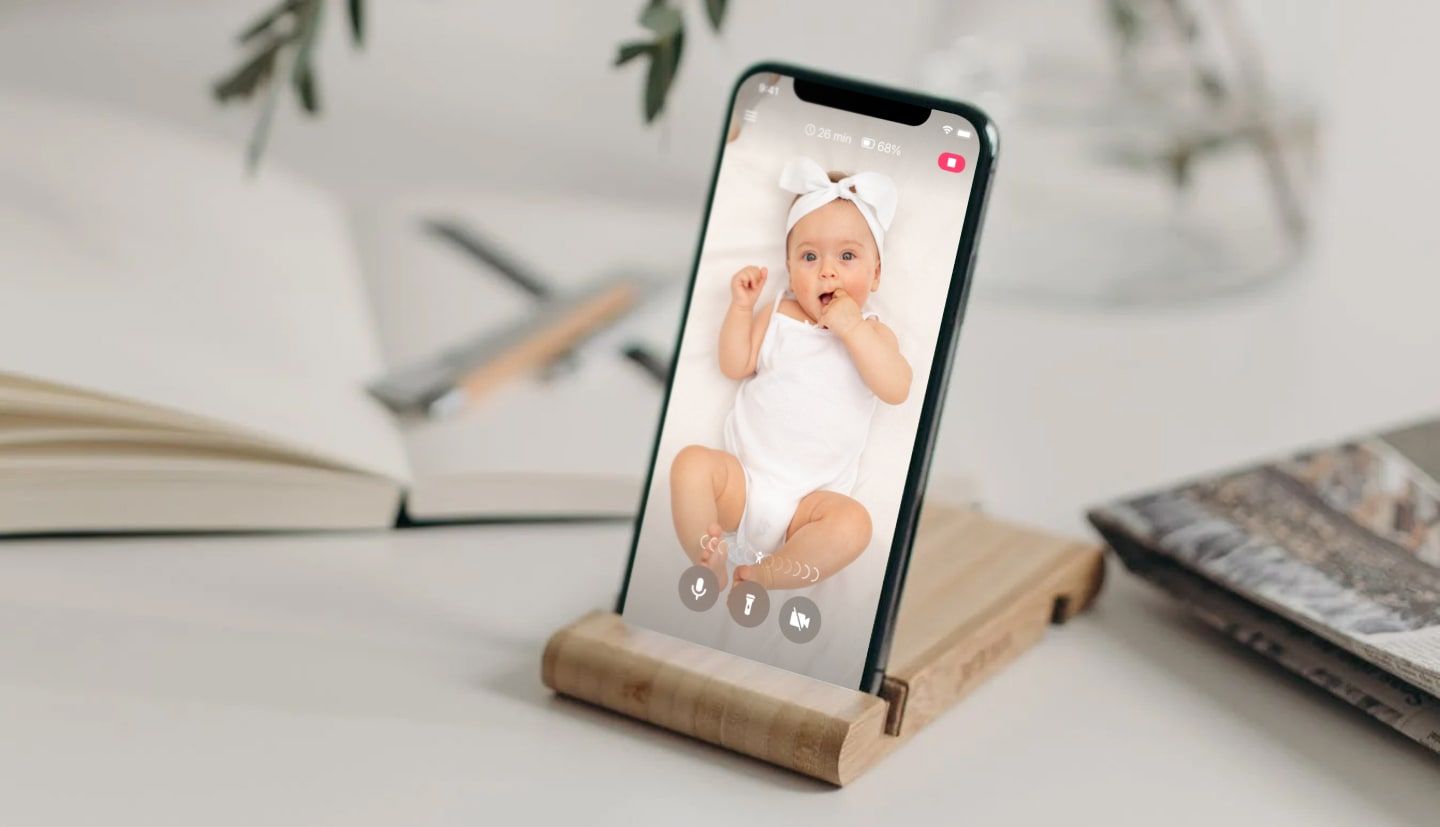
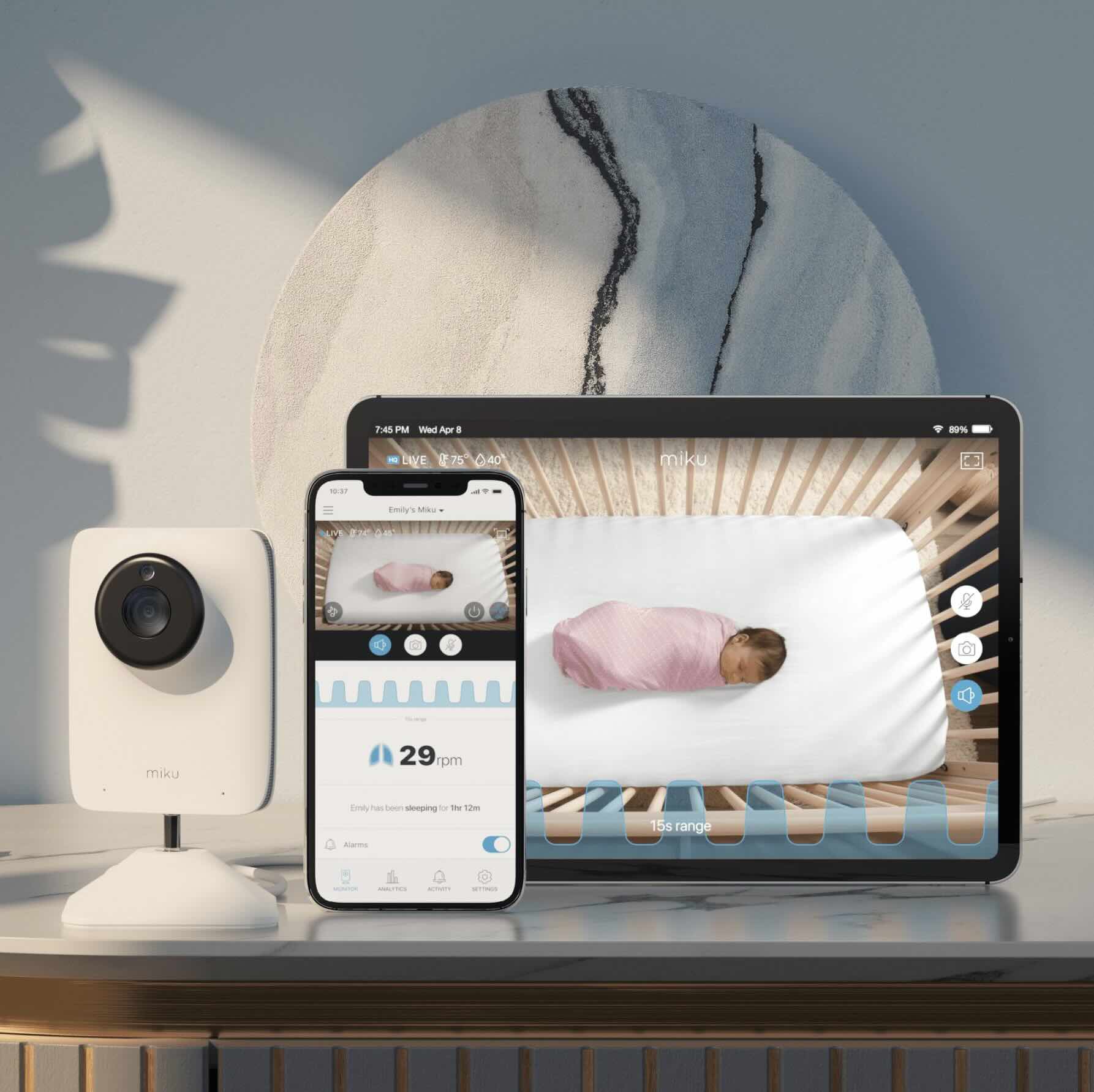

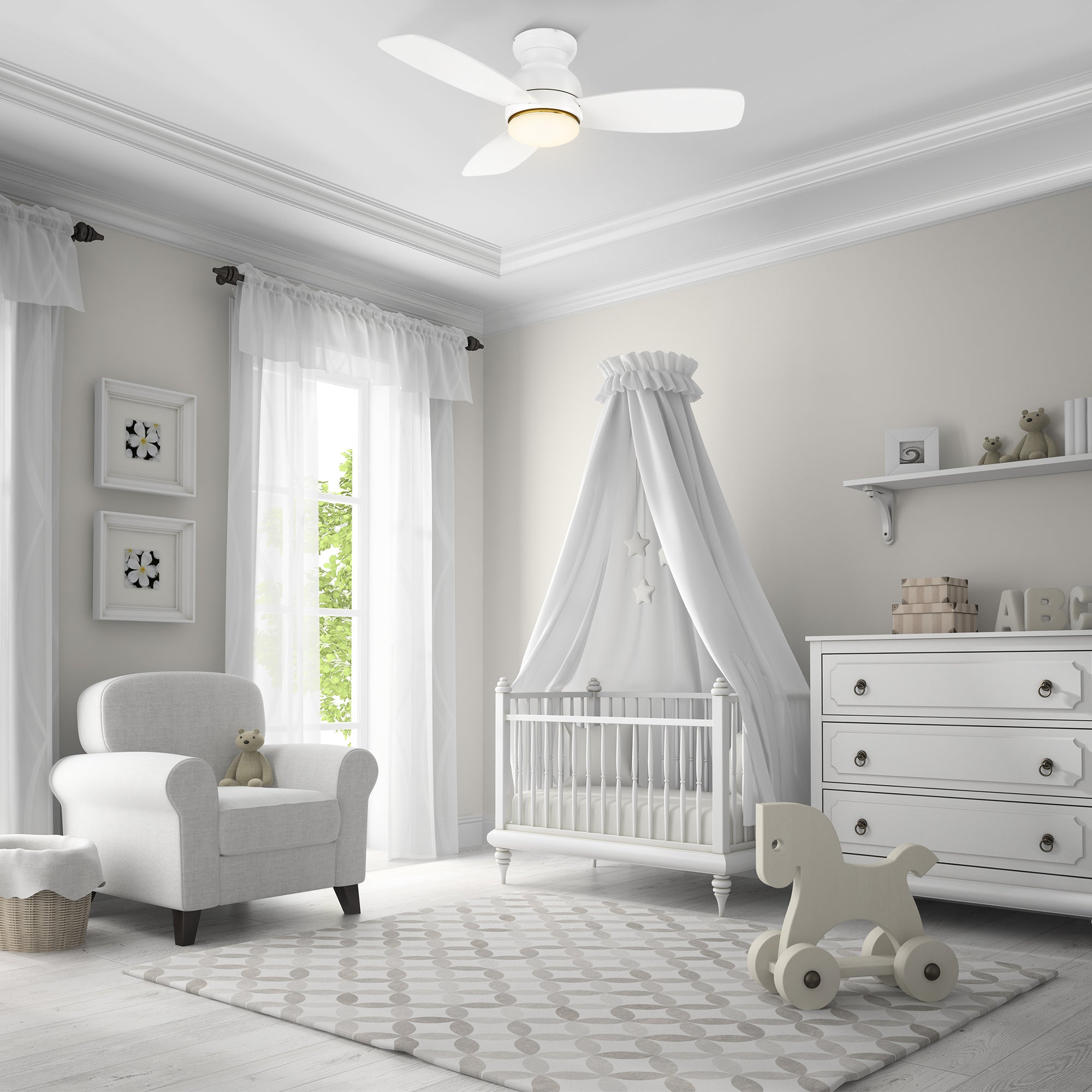
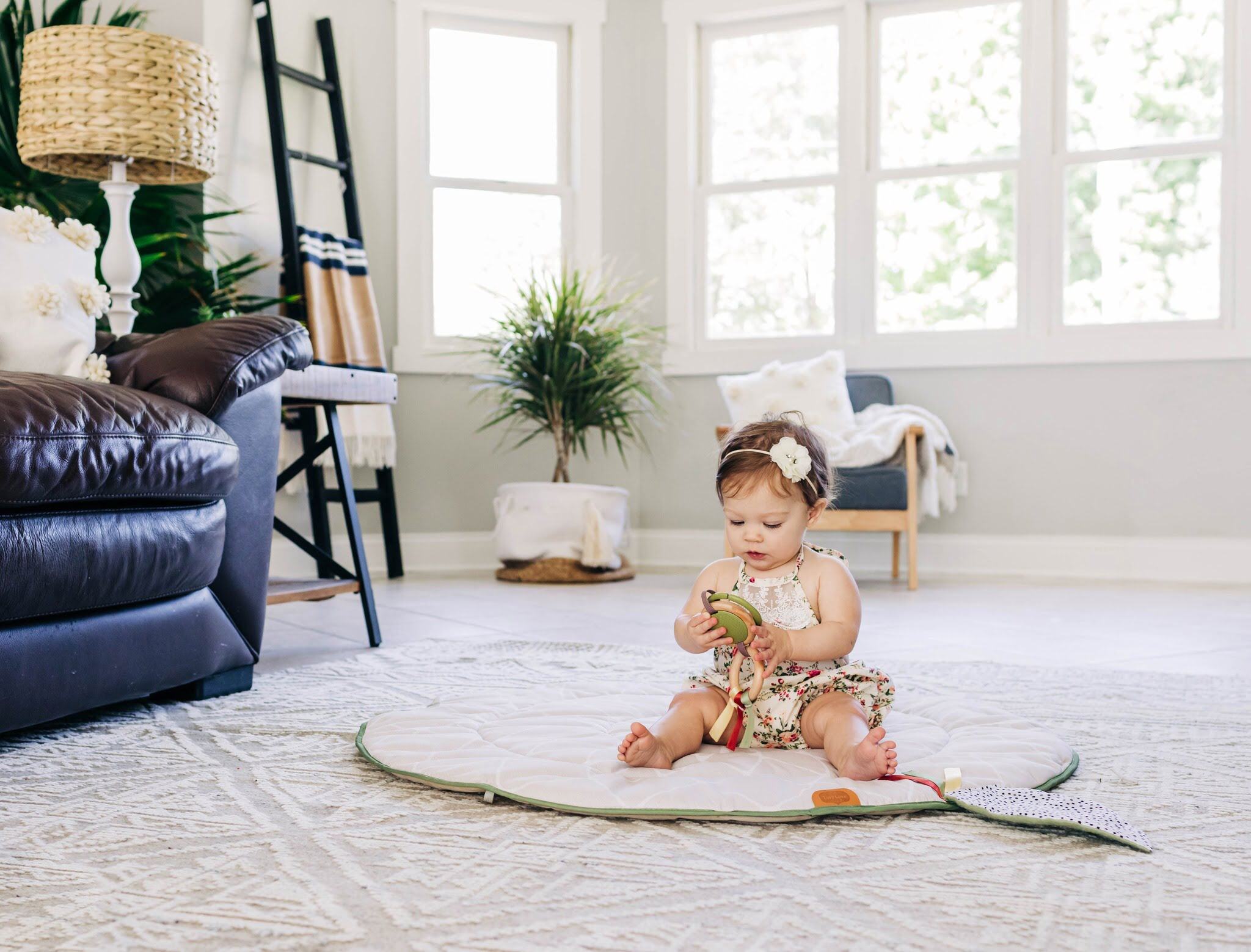
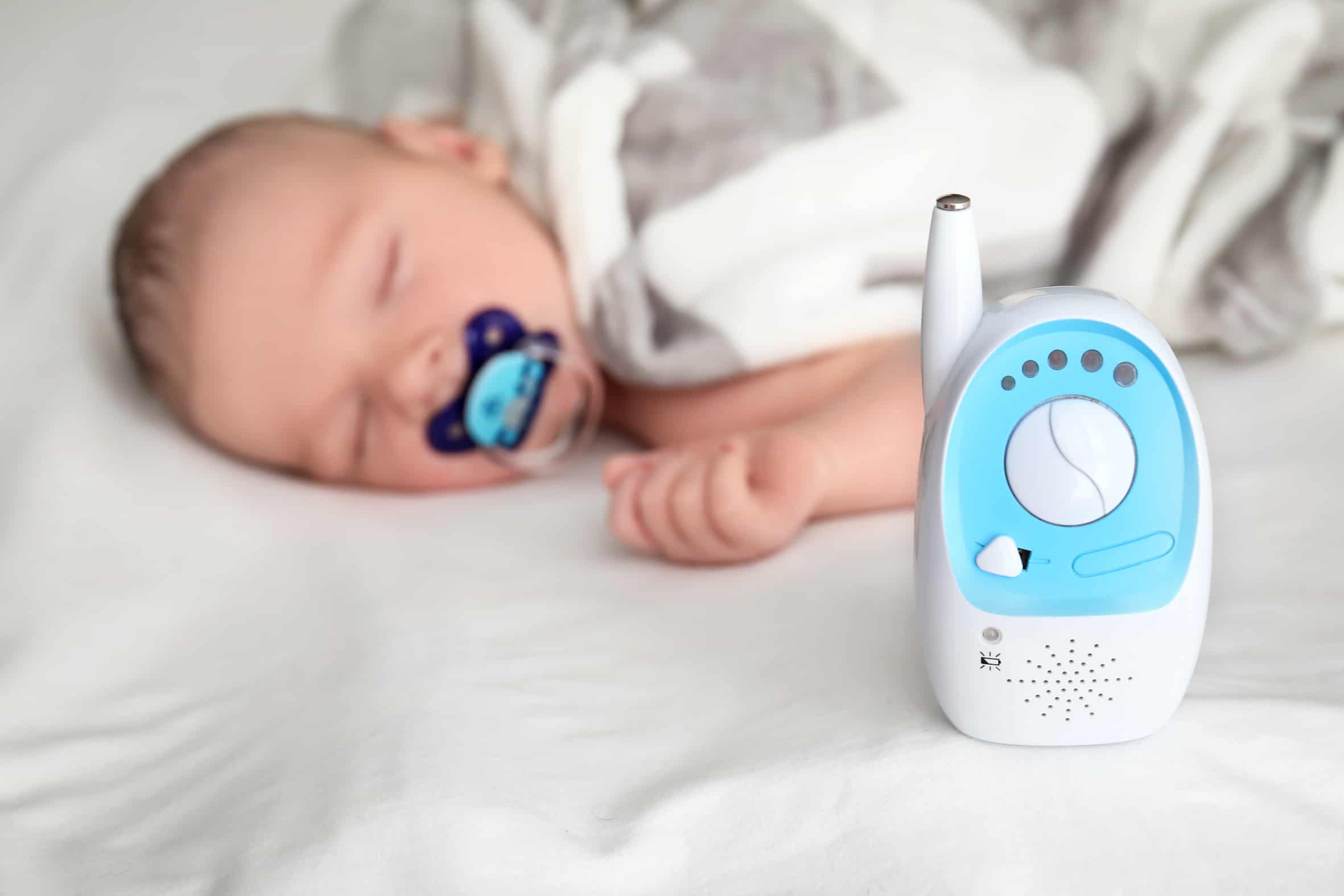
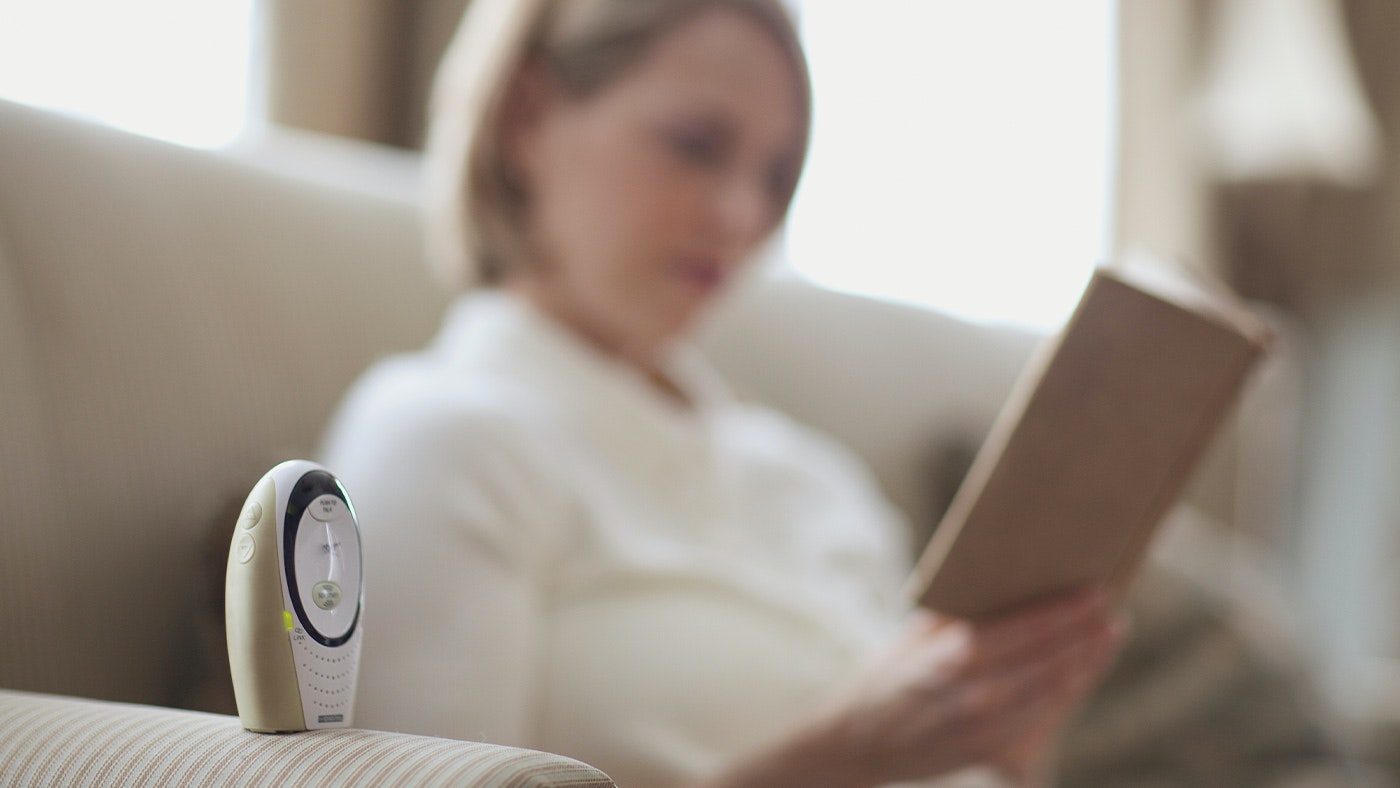
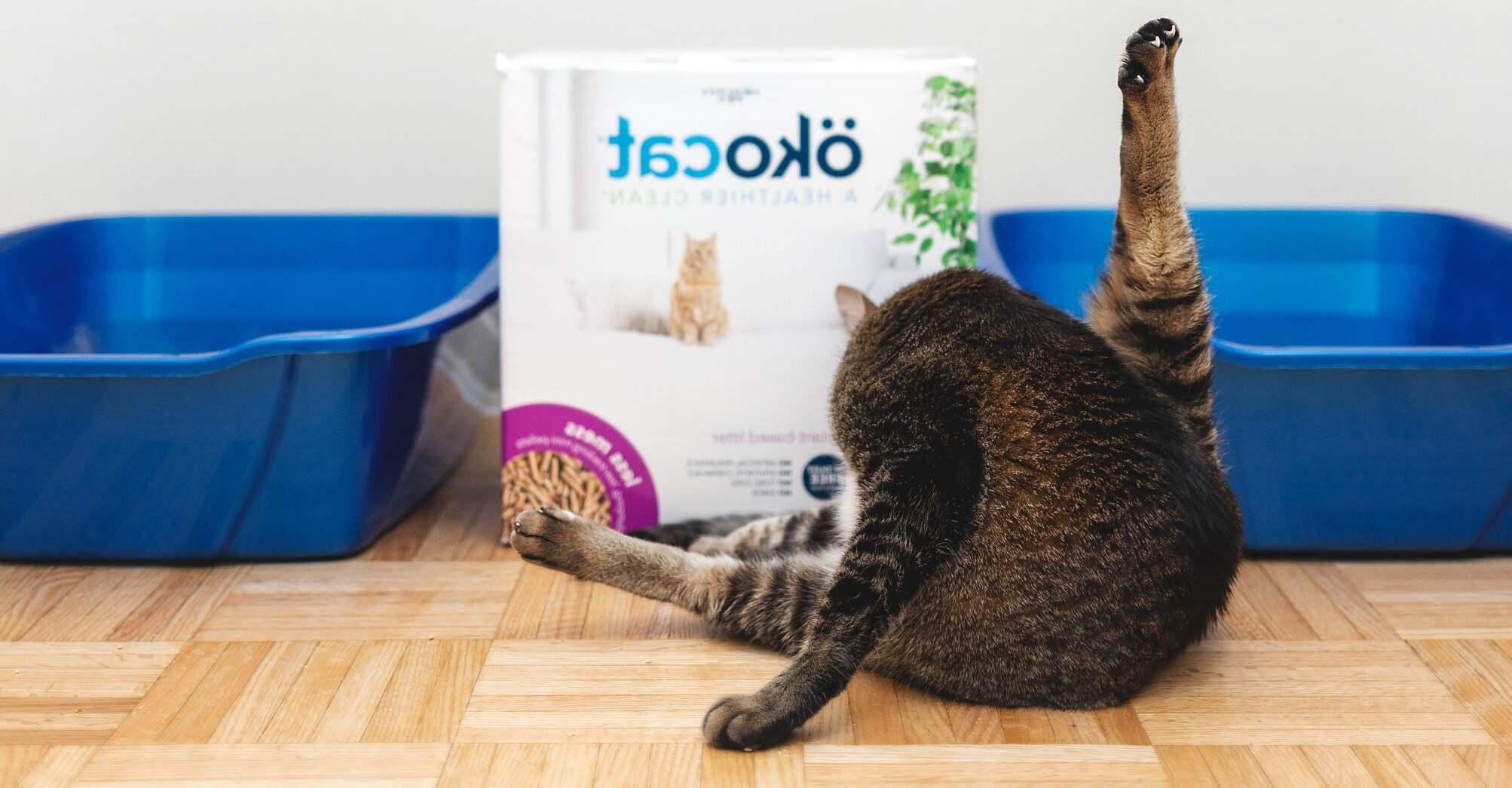

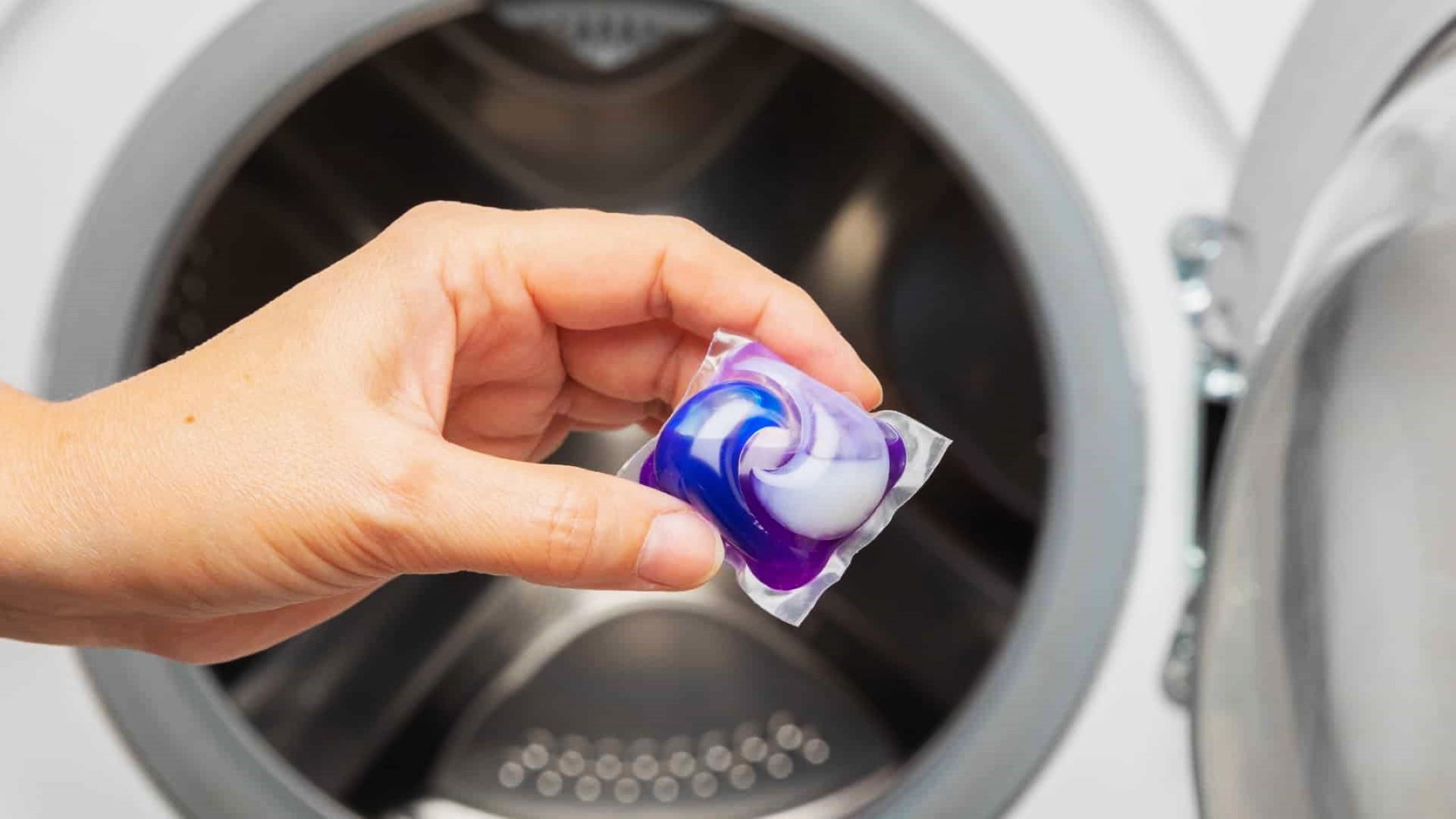
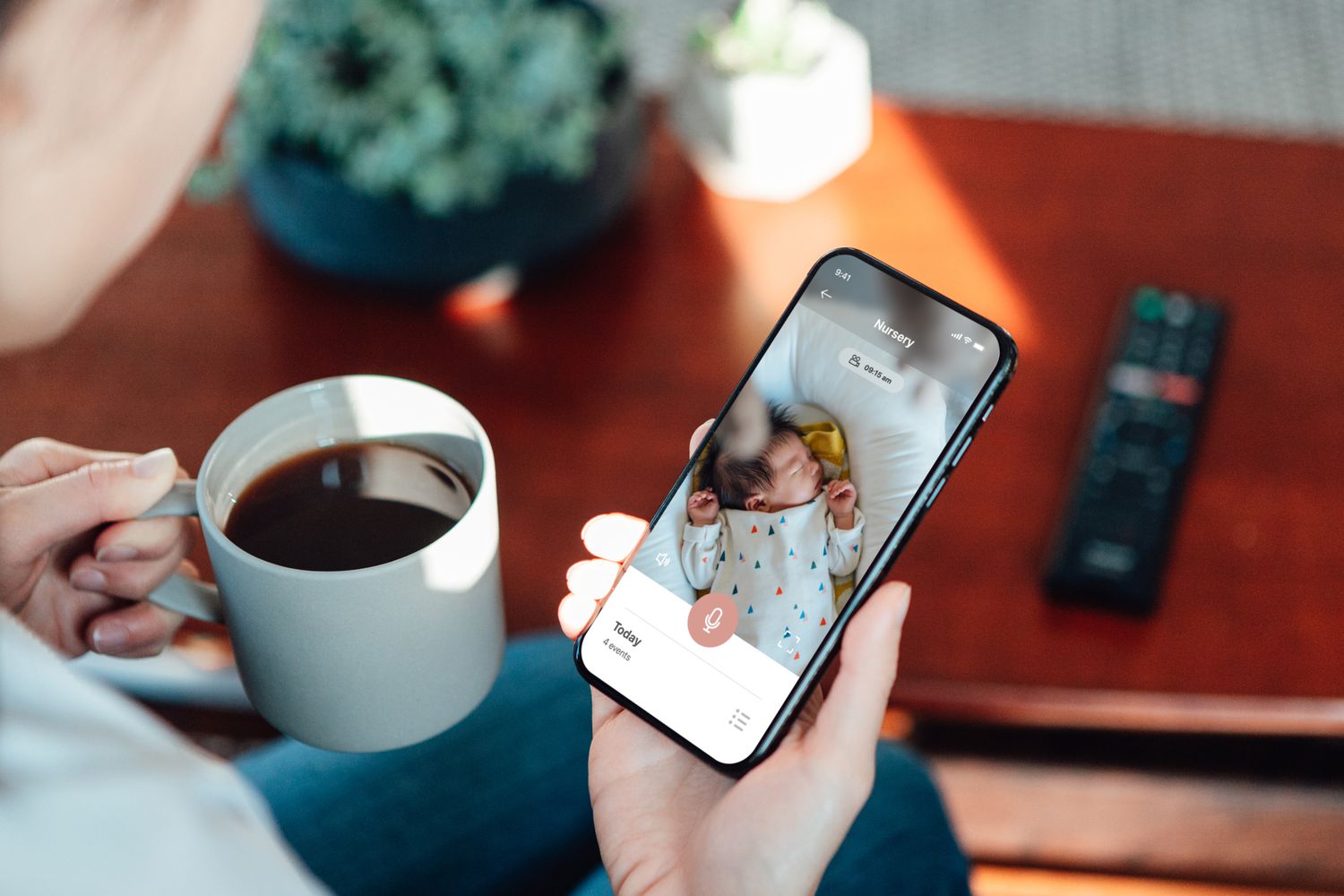
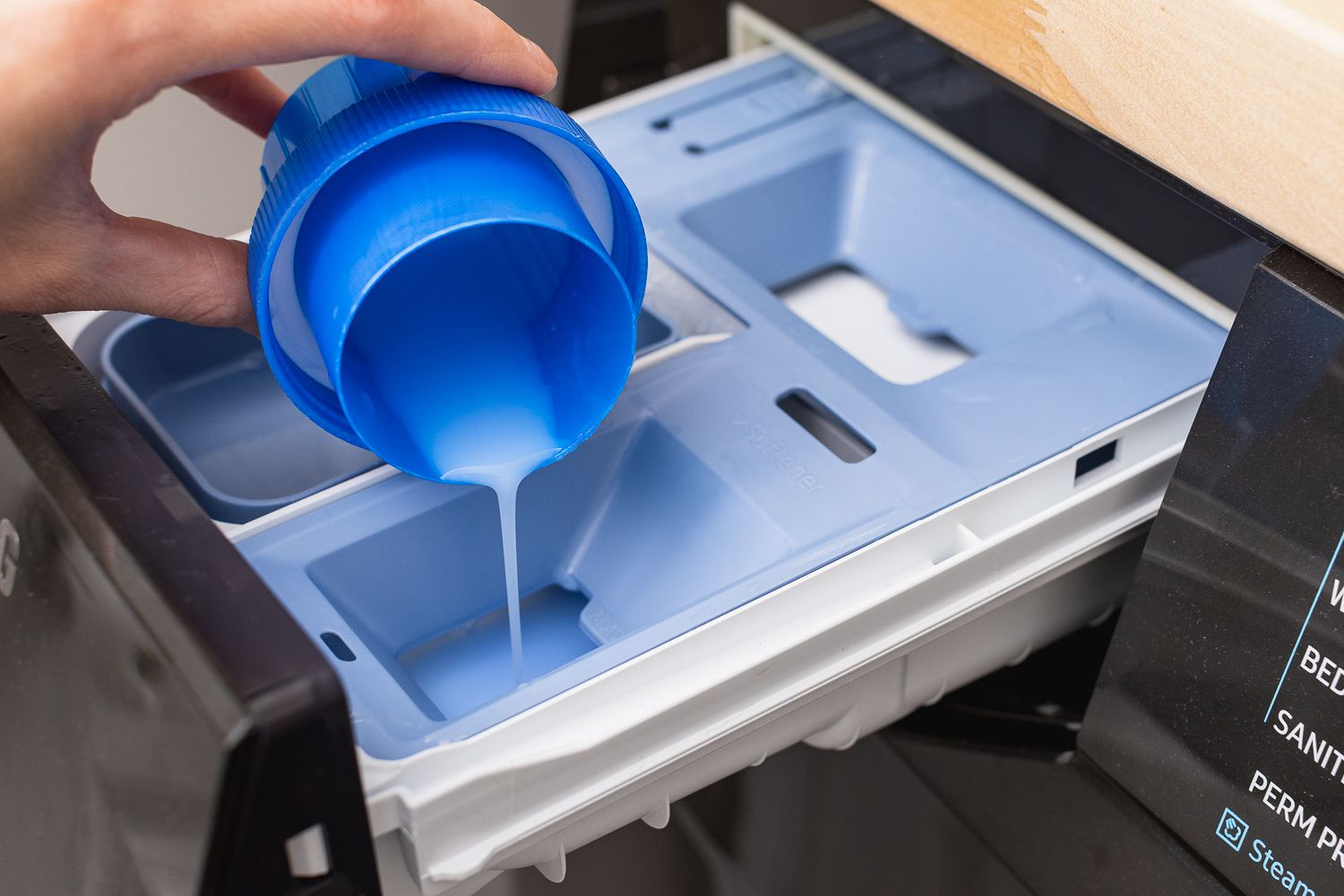
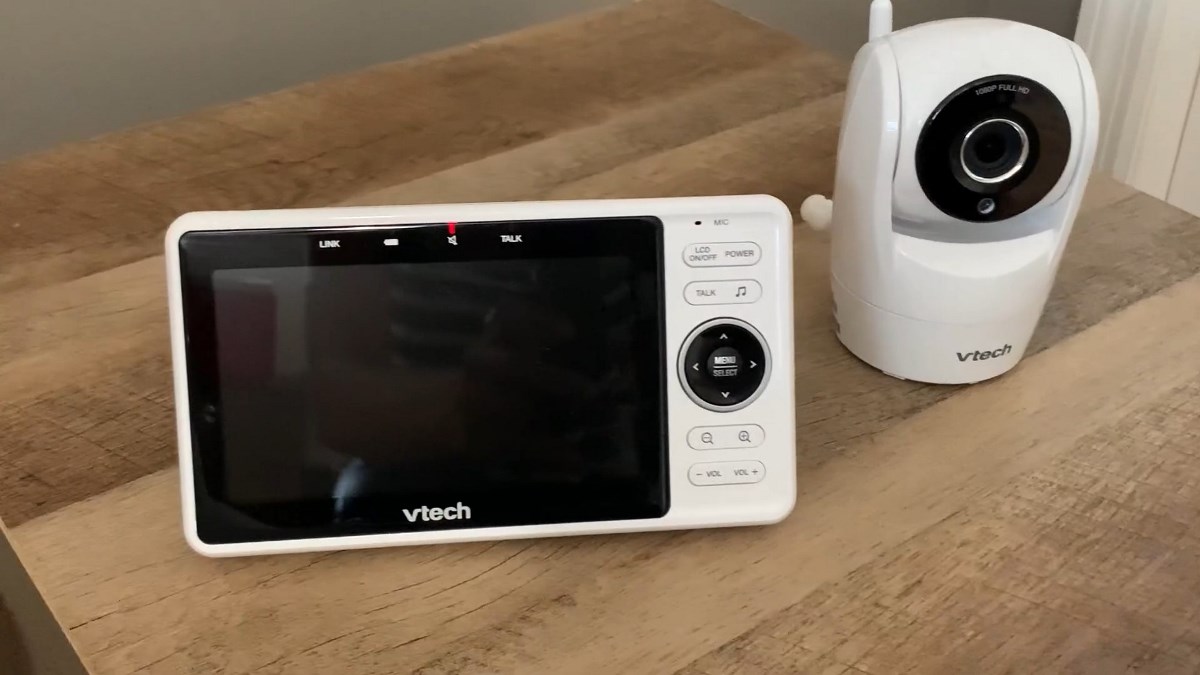

0 thoughts on “Where Do You Put Your Baby Monitor”